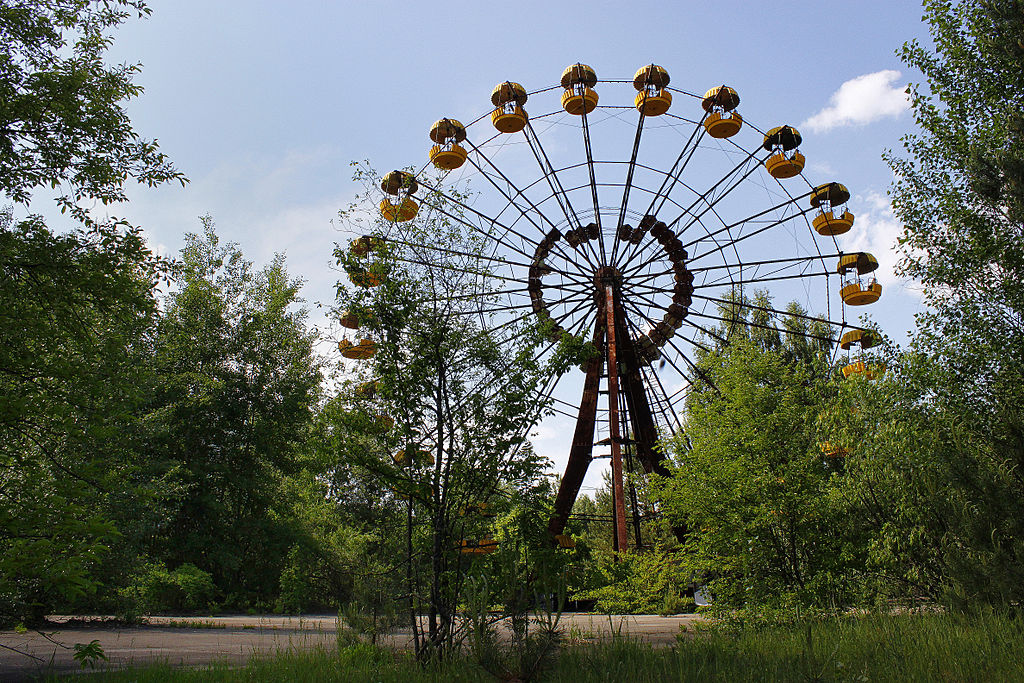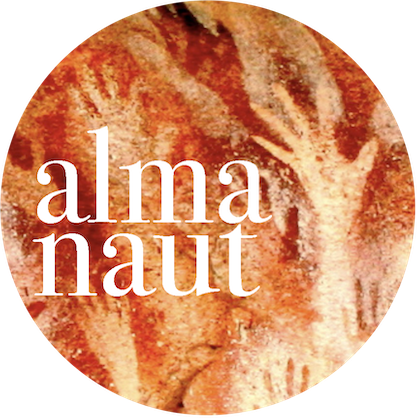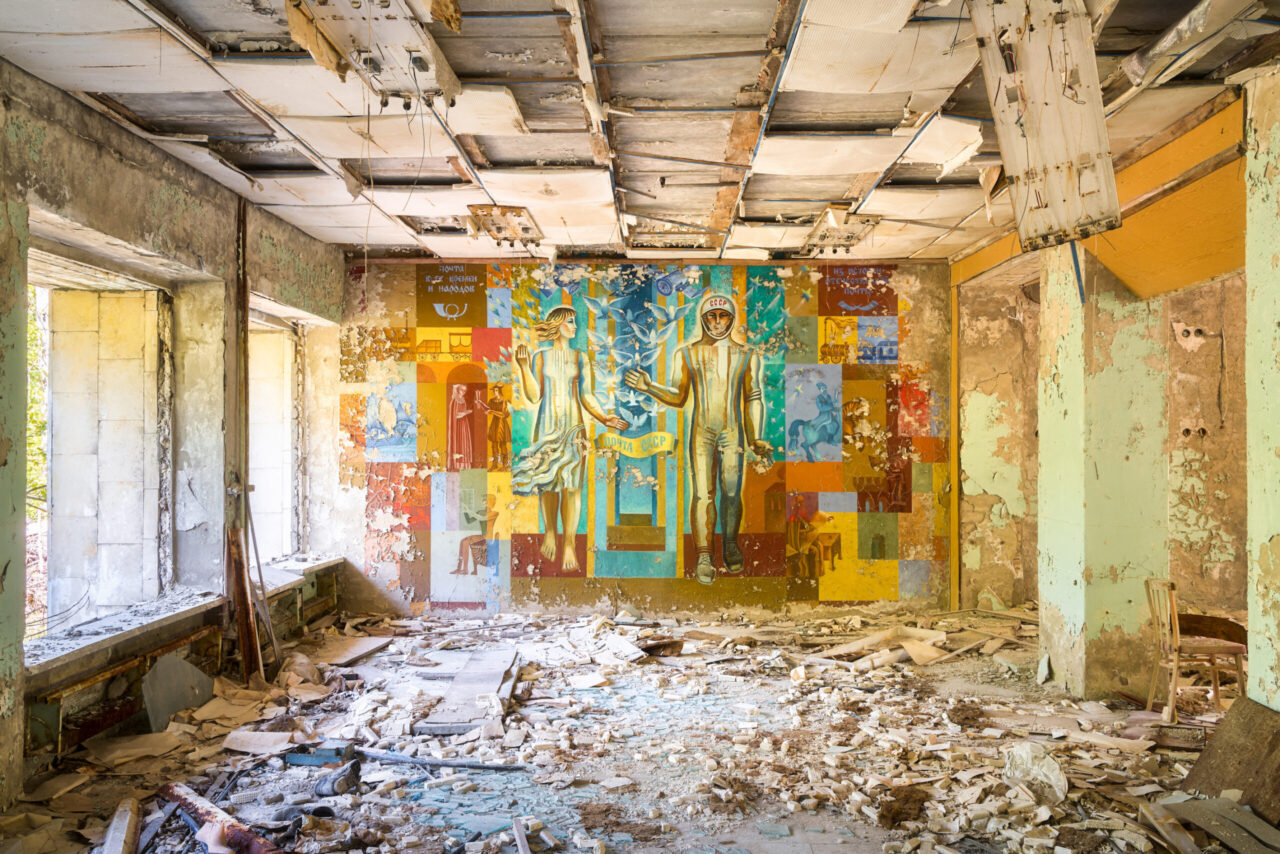Why is this mural the icon for An Almanaut’s Journal?
The background photo of the Pripyat post office mural on the site tells a story. The state of collapse and disrepair reflects the state of our Earth. The Kosmonaut represents space science seeking to solve how humans can survive “off-World”. And the woman represents the Earthbound, those of us willing to connect with, understand and even defend our biosphere.
At first, I saw this relationship between the woman and the Kosmonaut as one of opposing forces. With time, I have come to realize that surviving in space demands thrift. You have to travel lean and be conscious of scarcity. And you must achieve as much as possible with as little as possible. This means you have to reduce, reuse, recycle and repair, which is also what we need to do on Earth. We shouldn’t stop those dreaming of going into space. We can make use of their ingenuity to accelerate our repair of Spaceship Earth.
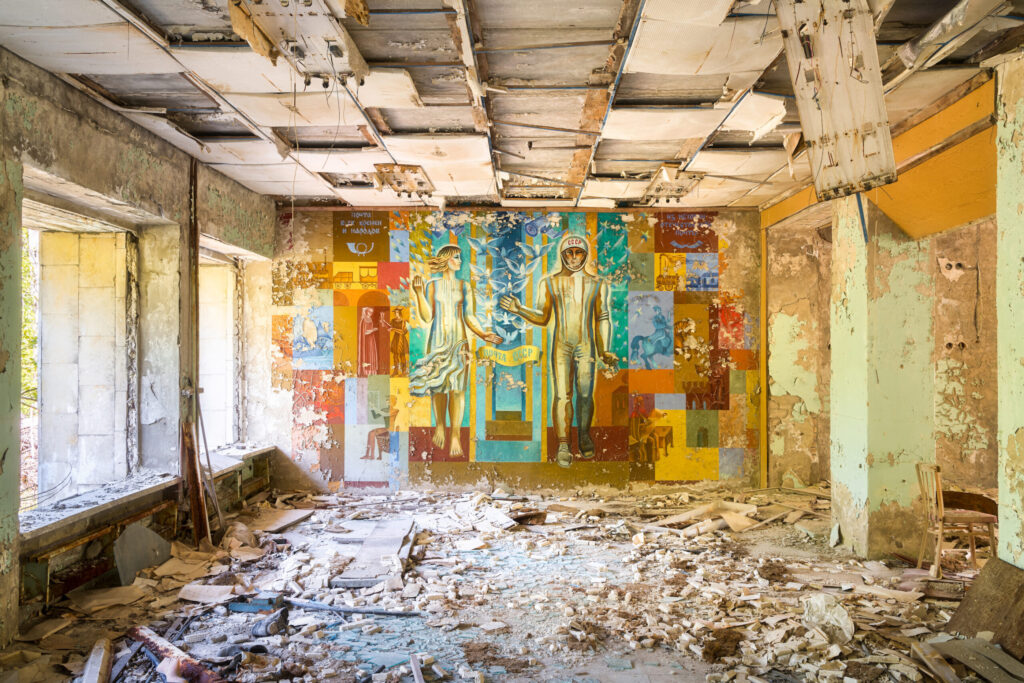
The mural in the post office is gradually fading, paint peeling from exposure to humidity and below freezing temperatures in Winter. (Photo: Roman Robroek)
A mural celebrating thousands of years of communication
Decorations are scheduled towards the end in most building projects. You don’t want workers damaging paintings or sculptures. As building materials, furniture and equipment are installed, it’s easy to bump up against walls. Maybe those who painted the Pripyat post office mural were still at it in the last days before the doors opened. I imagine the post master waving people in, while painters roll up the canvas cloth used to protect the floor. Maybe they stood back to take a last, critical look at their mural, checking for flaws or omissions. Or maybe they were relieved, finally having finished, after working through the night.
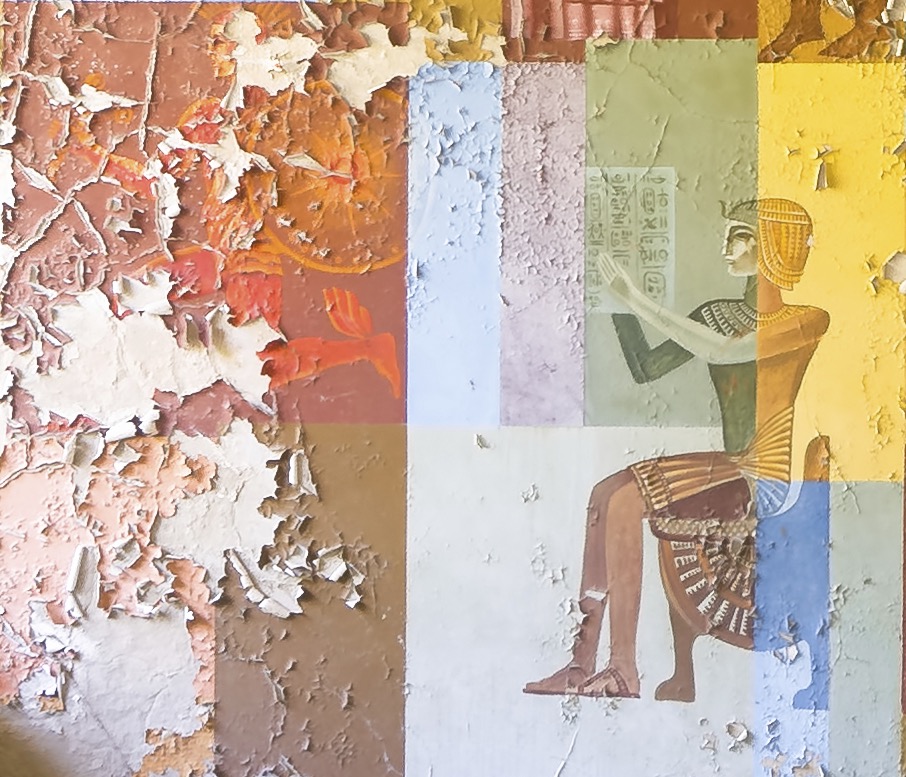
A short-lived city unaware of its destiny
The Atomgrad of Pripyat was officially inaugurated on February 4, 1970. It was built to house operators, support staff and families of the nearby Chernobyl nuclear plant. The city was a pleasant place. Pripyat had open squares, a large fairground with a Ferris wheel, an enormous indoor swimming pool, a culture palace, a variety of schools, and a total of fifteen kindergartens. The city had “everything” by the Soviet standards of the time, and it was all new. Getting a posting to Pripyat was sought after. Everywhere, there are large windows, even the family apartments had panorama windows, offering wide views of the surrounding countryside. There were plans to build several reactors, intended to operate for decades.
Sixteen years, and suddenly you have to leave everything behind
Reactor 4 at Chernobyl blew up in the middle of the night, on April 26, 1986. At first, the city authorities didn’t understand the severity of the disaster. Then, as daylight came, with a radioactive cloud rising into the skies above Pripyat, they wondered how to calm worried citizens. The Ferris wheel was set in motion, to pretend things were normal. It had never been used before and was only used on this day. The evacuation of the city began the following afternoon. Residents were told to pack light as they should be able to return in three days.
The city has been abandoned since.
